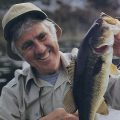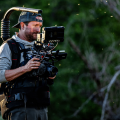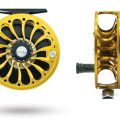Hopper Fishing How-To
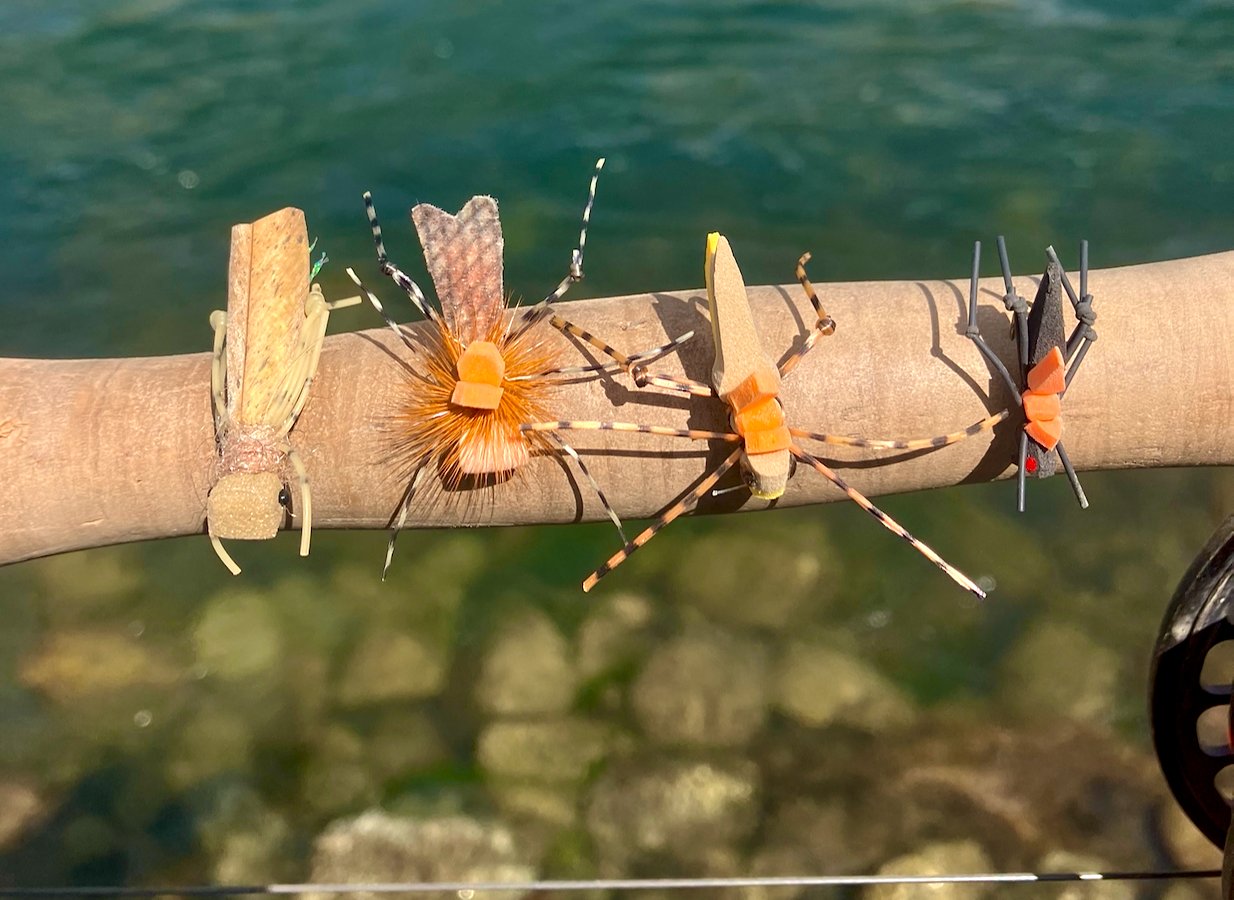
Image by Kubie Brown
If you ordered a hotdog in a restaurant and the waiter brought you a giant T-bone steak, would you send it back? Hell no. You’d inhale that thing faster than a starving Labrador eats his kibble before someone comes to take it away. At least I would. That’s exactly how trout feel about hoppers. The large terrestrial insects are such a hardy meal for trout that fish will rise to eat them when they’re not hungry or even when they’re keyed in on some other insect. Hoppers are truly targets of opportunity and are always worth carrying in your box no matter when or where you’re fishing.
Why and When You Should Fish with Hoppers
Fishing with hoppers combines all the best aspects of fly fishing. You can drift them gracefully through slow meandering runs, smack them down and twitch them through fast riffles, and you can even fish them beneath the surface. As a dry fly, hoppers provide the thrill of watching a trout rise to inhale your fly while still being a big enough chunk of meat to tempt those monster trout you’d normally associate with streamer fishing.
The best time to fish hoppers is when the insects are the most active. In most states, the best hopper fishing is during the prime of summer from mid-May to late August, and in some places hopper action can last well into October. They’re a great fly to use during the heat of the summer when there aren’t a lot of hatches going on. When they’re active, hoppers are constantly climbing up on grass stems over the water or getting blown around during big storms, so they are almost always on a trout’s menu and primetime is in the middle of the day
Picking Hopper Fly Patterns
There’s a plethora of hopper patterns out there for anglers to choose from. From giant foam patterns to hyper-realistic patterns to small more delicate bugs made of deer hair, all of them have situations and times when they work best. Large foam patterns like the Charlie Boy and the Sweetgrass are great for fishing in faster or slightly off-colored water when you want a fly that will make an impression. In slow, clear water when trout have a lot of time to look over your fly, smaller more realistic patterns like the Fancy Pants and the Parachute Hopper are going to be better producers.
As with any pattern, you’ll want to pick a hopper fly that best matches the size and color of the insects bouncing around in the grass in front of you. But there are certain times when using odd sizes or strange colors will get fish when nothing else will. When fishing still water lakes and ponds, casting a giant yellow or tan hopper and twitching it across the surface can be absolute dynamite. On cold, rainy days, using a small pink or purple hopper can bring trout to the surface when nothing else will. So while there are a lot of general guidelines for hopper fishing, there are no set rules and it’s always worth experimenting.
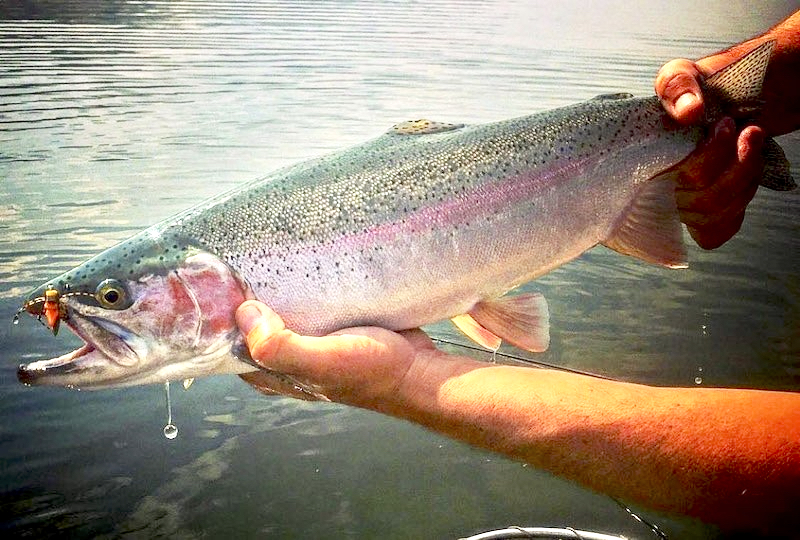
Image by Kubie Brown
The Best Hopper Fishing Techniques
Most hopper anglers’ fish their flies by banging them against the edges of banks. They target long, slow moving runs along the edge where a grassy meadow meets a river. These are ideal hopper spots. Fish them by casting as tight and close to the bank as you can, make a sharp mend, and then start your drift. Don’t be afraid of mending several times and jerking your hopper around. The real insects very rarely hold still when they hit the water, and a few small twitches can often initiate strikes from even the most stubborn of trout.
Aside from grassy banks, there are a lot of other great spots for hopper fishing. Hoppers don’t always just fall off grass stems and drift along in the current. They try and fly across rivers and can be blown around in the wind, ending up in the middle of the river or plopping down in rapids, riffles, or pools. Fish the river in its entirety using a variety of different patterns. Splash down large hoppers into fast flowing runs, making a lot of quick mends and twitches as the fly rolls downstream. In the fast broken water, attracting attention can be the key to success. Often it’s best to fish hoppers like you would a streamer, casting the flies down around snags and log jams and off the edges of drop-offs where big trout lie in wait to ambush a big meal.
You can also drift hopper patterns through the center of the river, making long drifts and covering as much water as possible. Additionally, it’s also possible to get trout beneath the surface on hoppers, especially at the heads of deep pools when there’s a lot of bugs bouncing around. Use a small realistic hopper pattern like a Mimic Hopper, and add a small spit shot to the line 3 to 5 inches above the fly so that the hopper will sink and drift only a few feet beneath the surface. Drop the fly into the faster water running into the pool and let it drift into the deeper water. Any trout holding in the deep pool hesitant to rise will engulf it thinking they’ve got a drowned hopper.
Get Hopping
Hatches can come and go. Sometimes they’re so thick you’re spitting out bugs on your way down to the river. Sometimes you’ve got to shake a lot of bushes and turn over a lot of rocks to figure out exactly what the fish are eating. The best thing about hopper fishing is that whether there’s a lot of bugs around or hardly any, hoppers are always an option. Because there’s not a lot of trout out there that will pass up a T-Bone steak.









